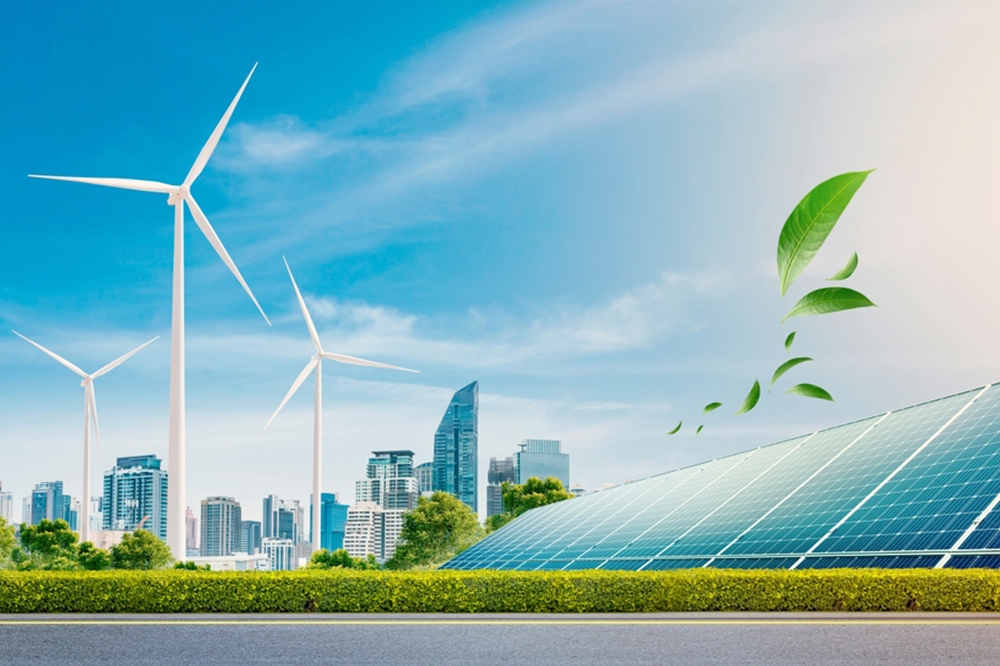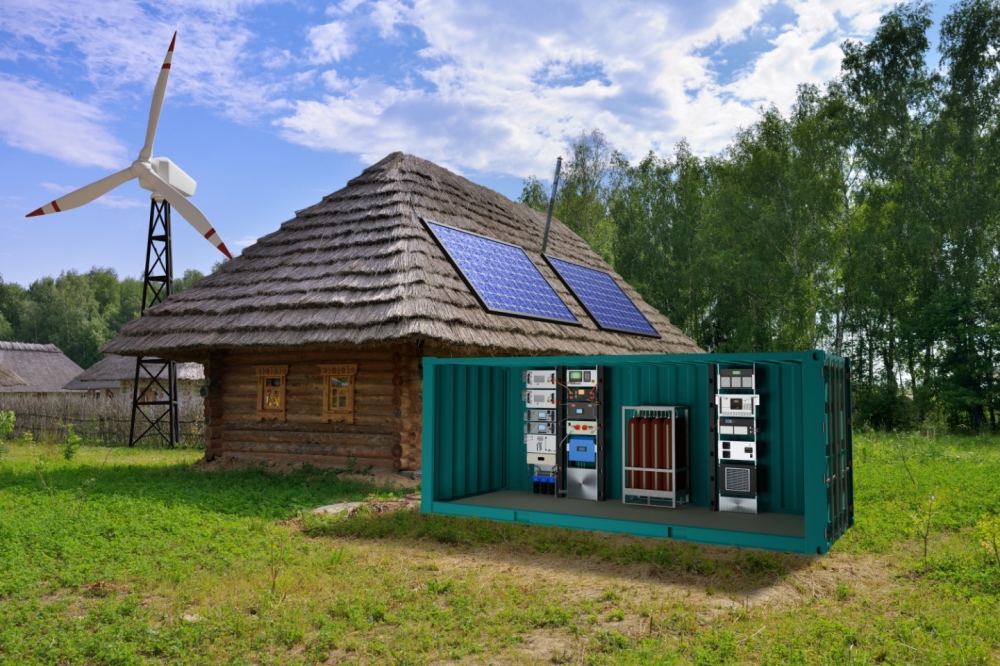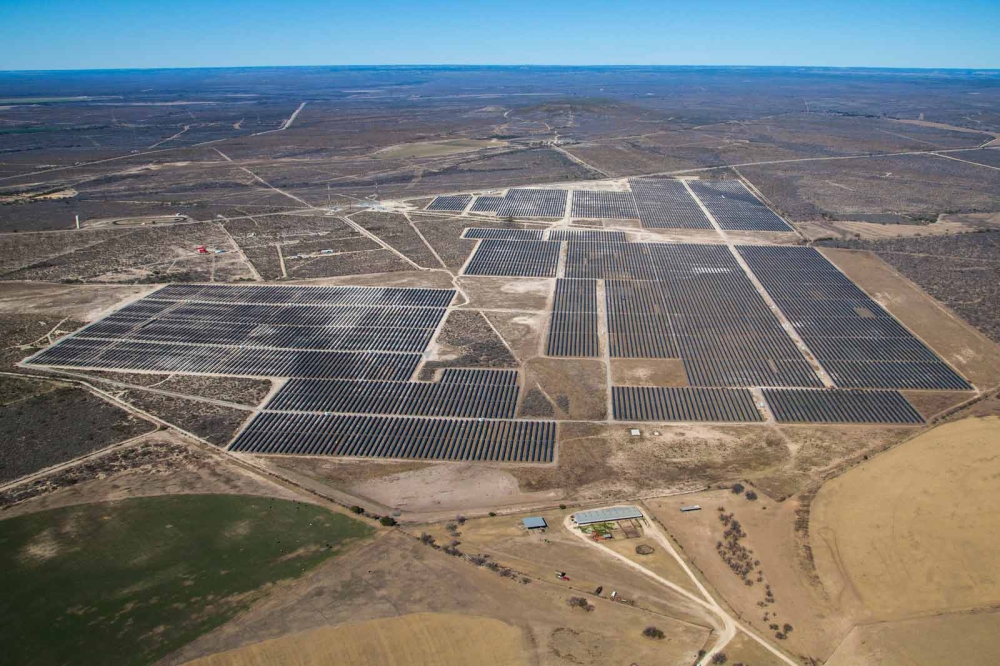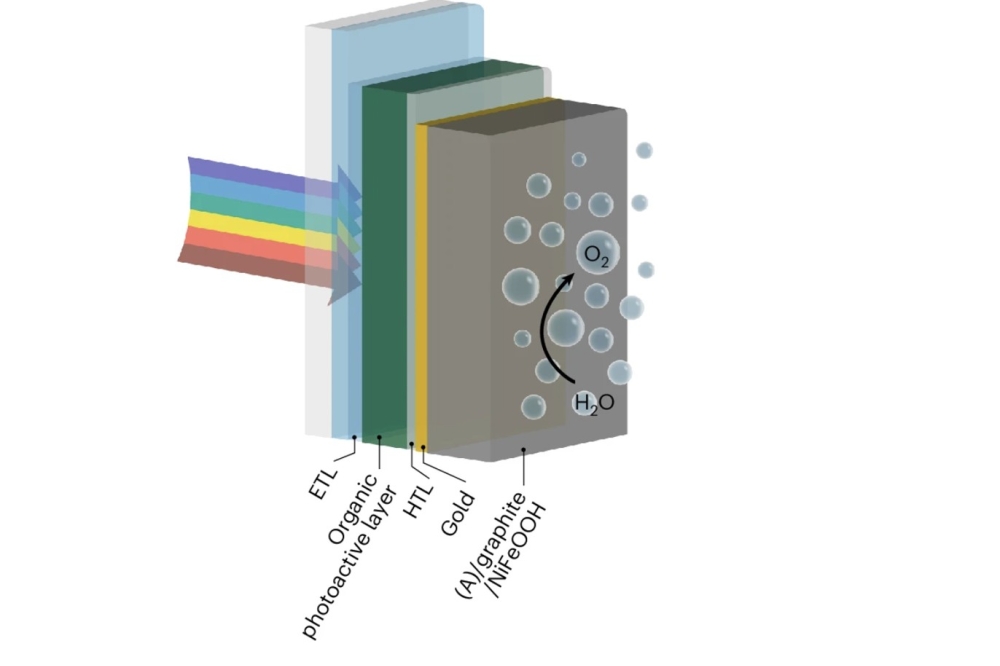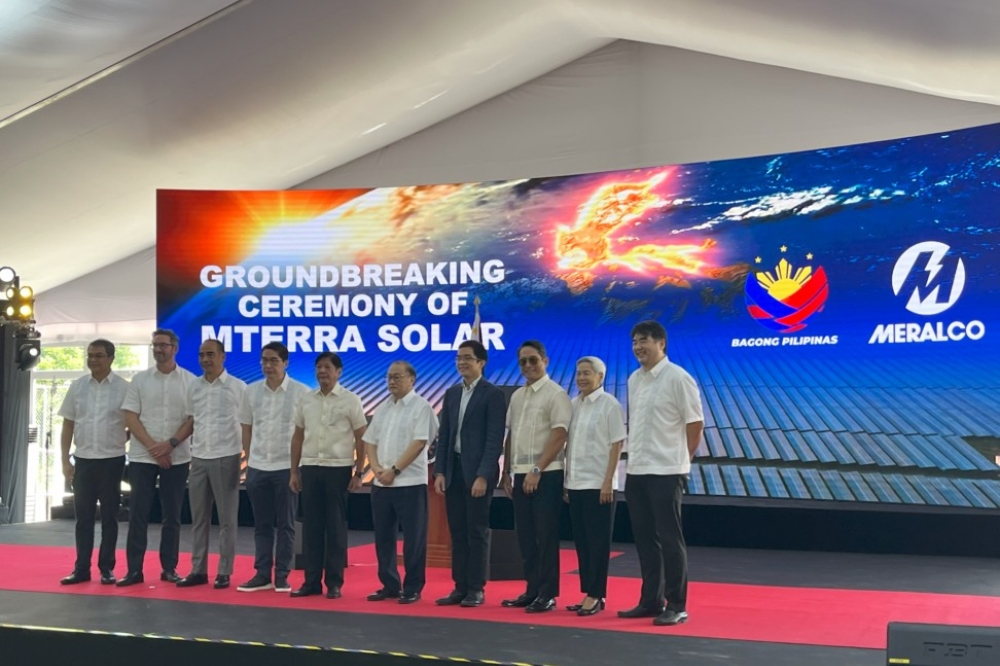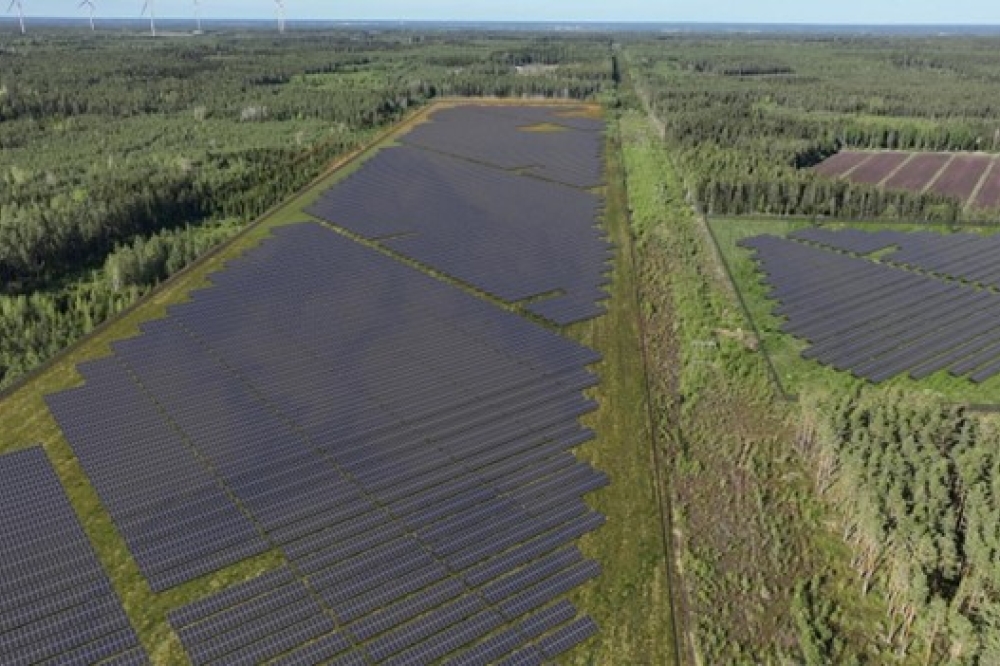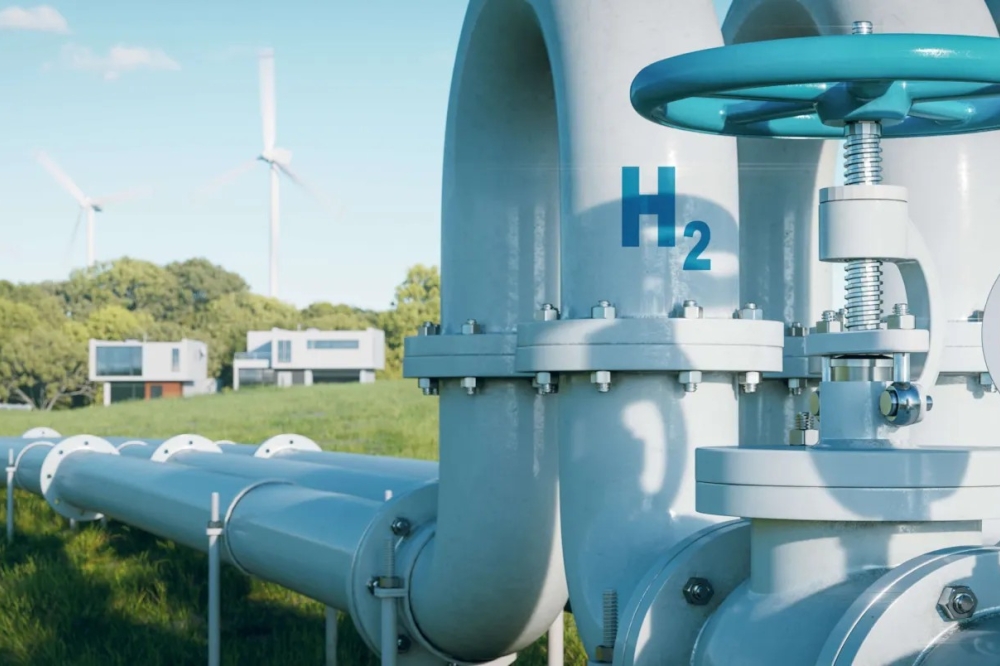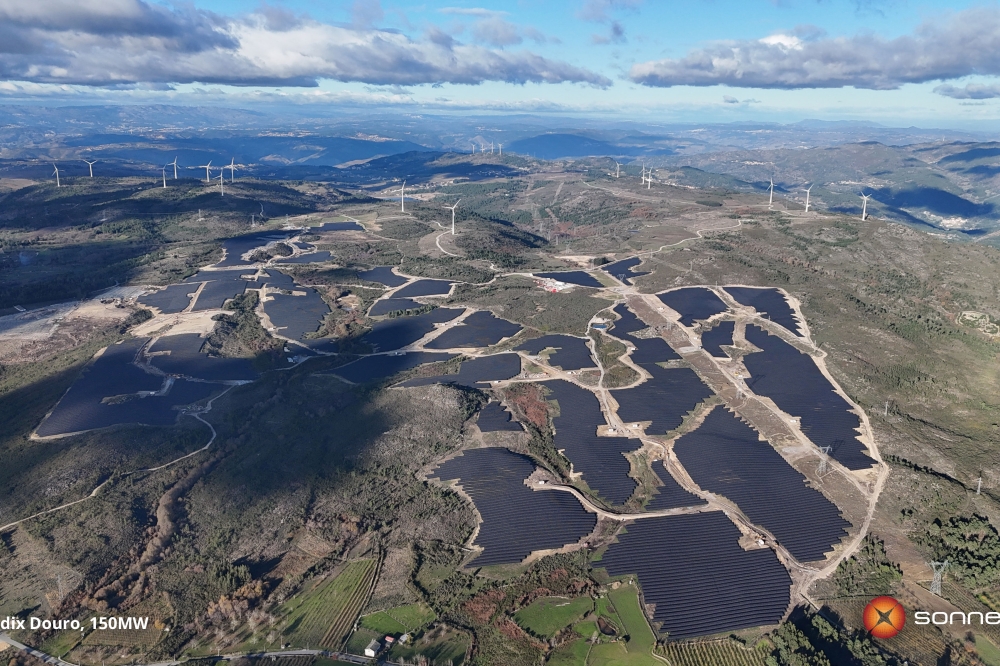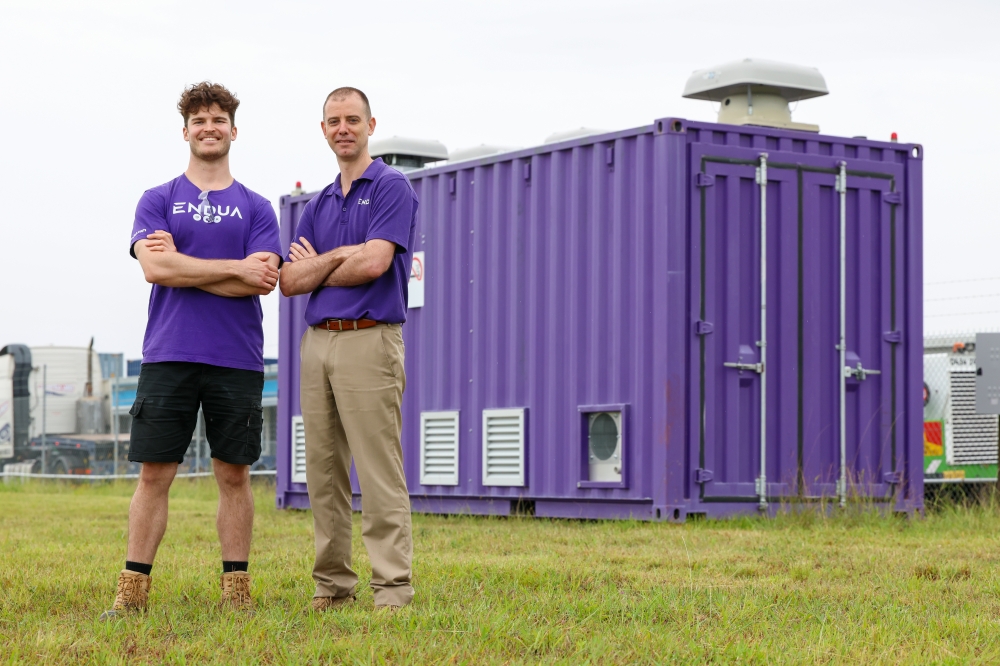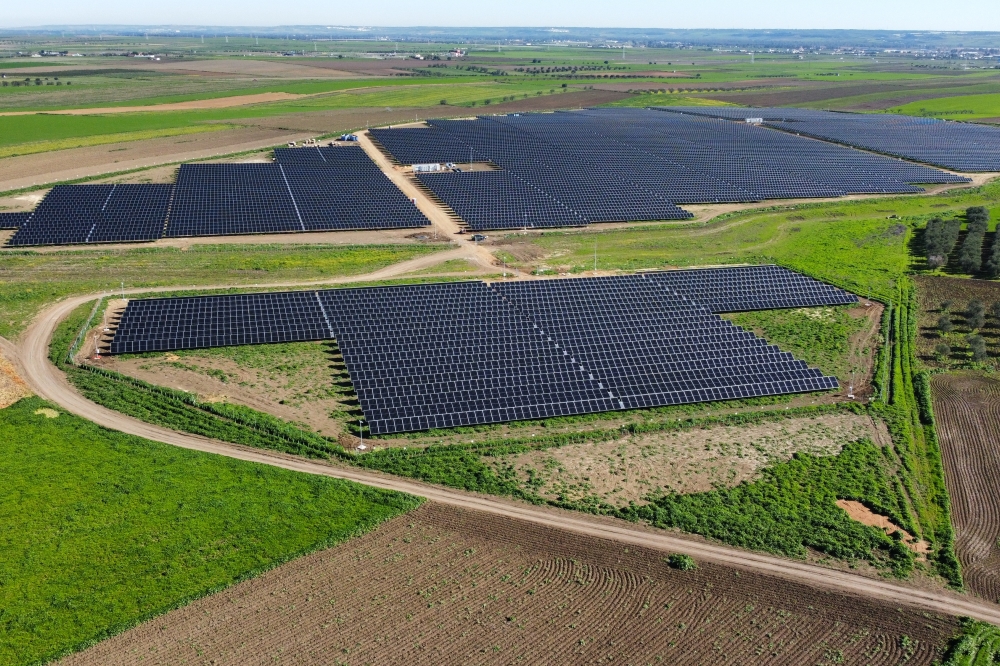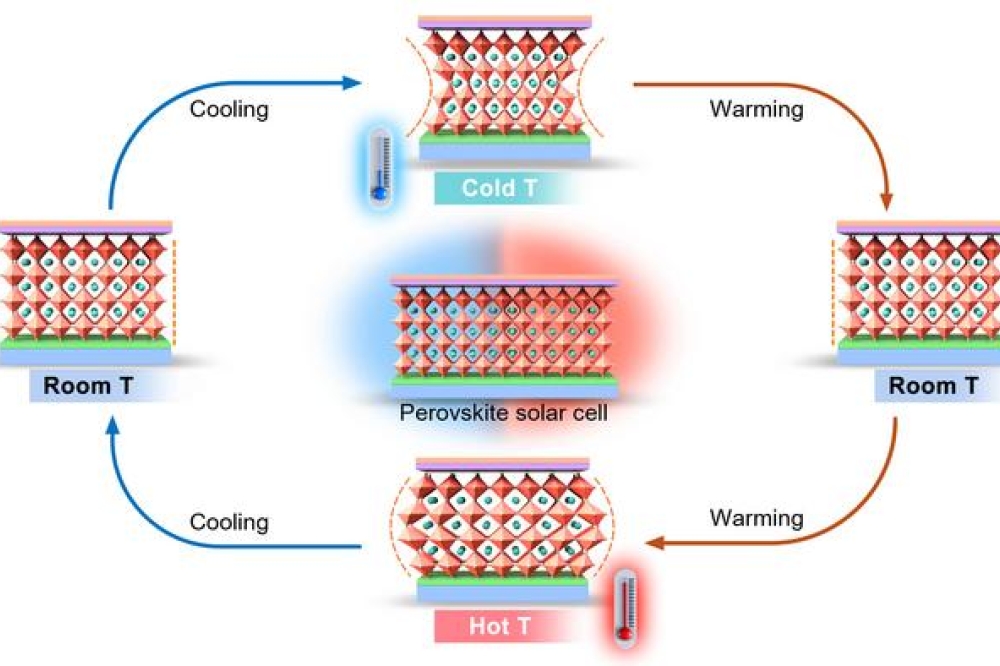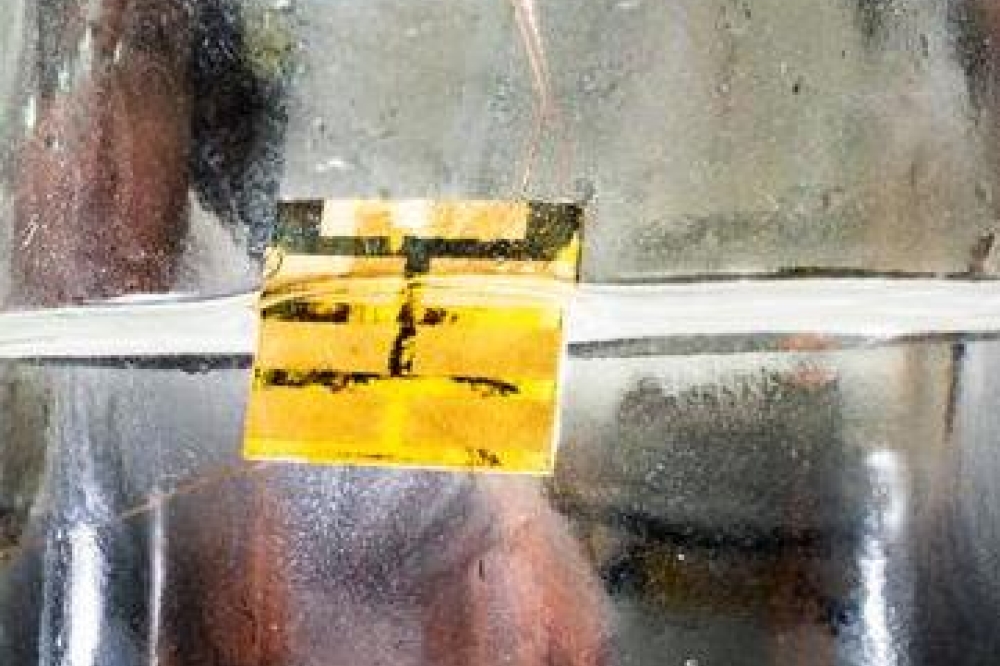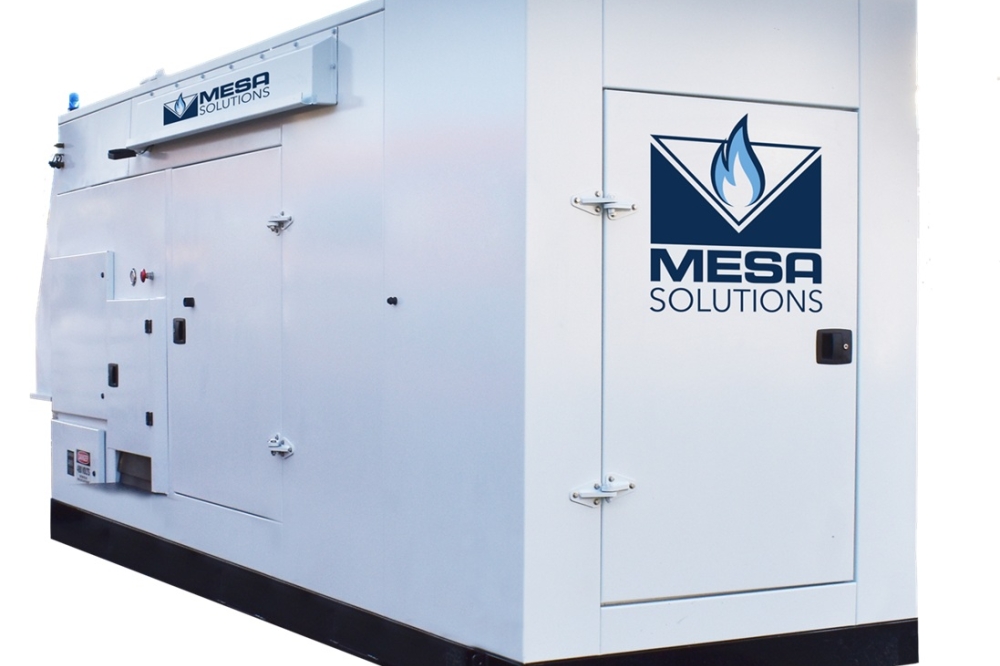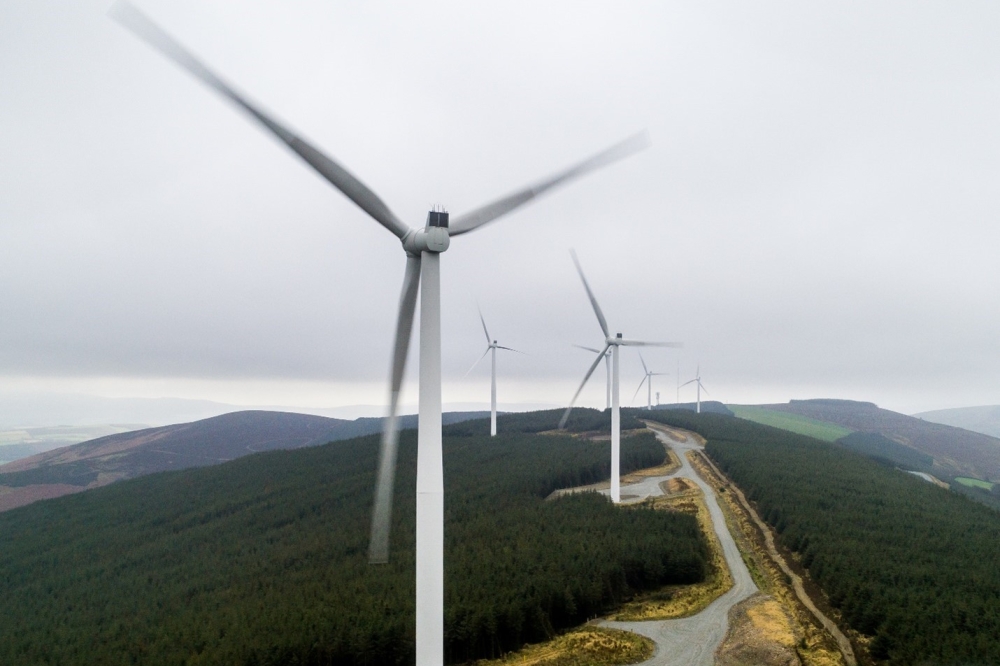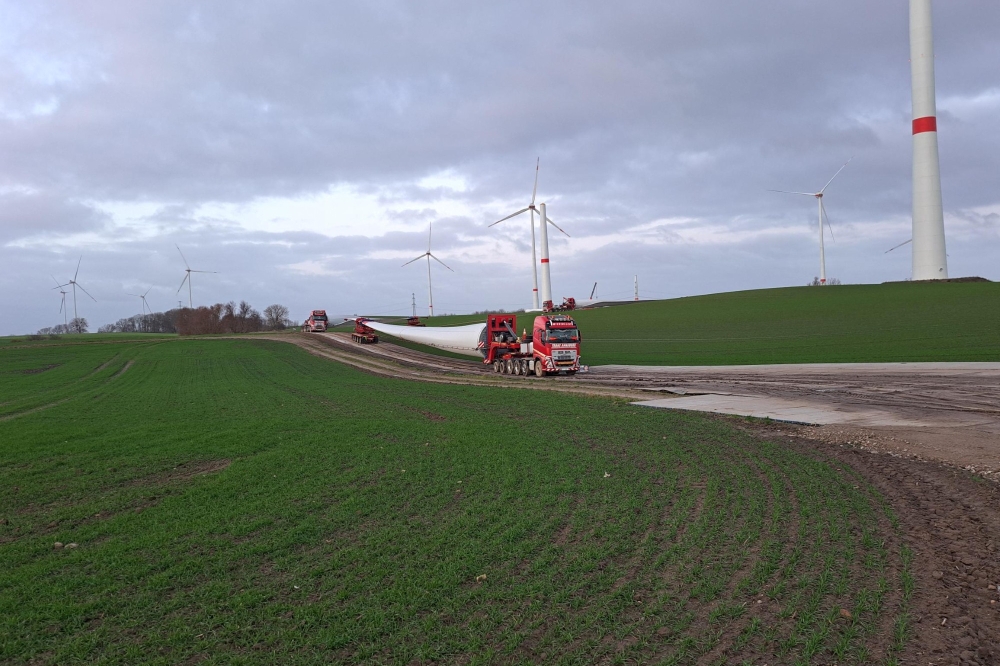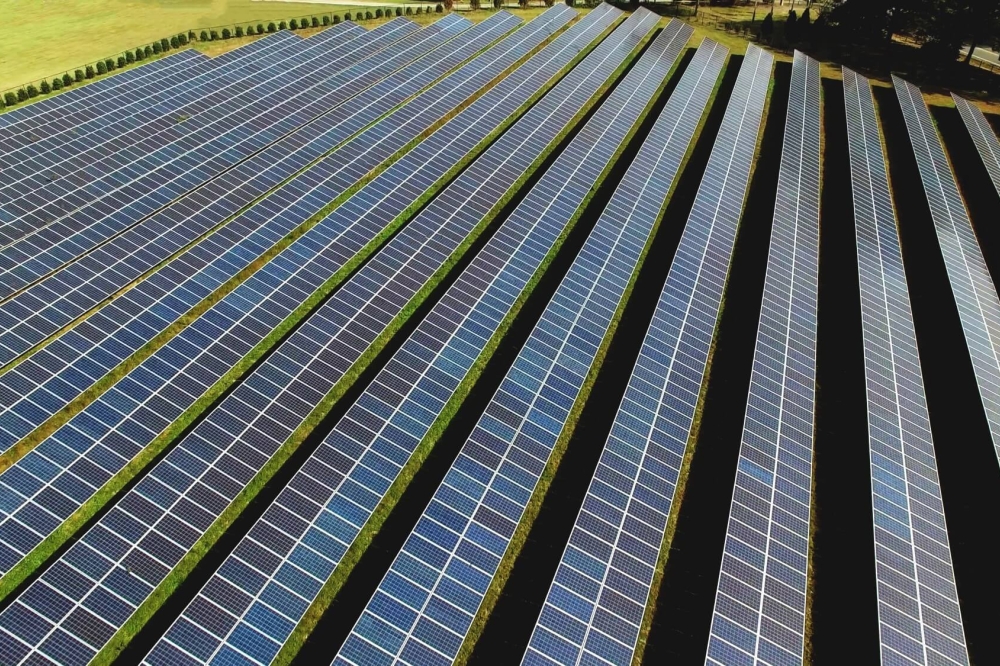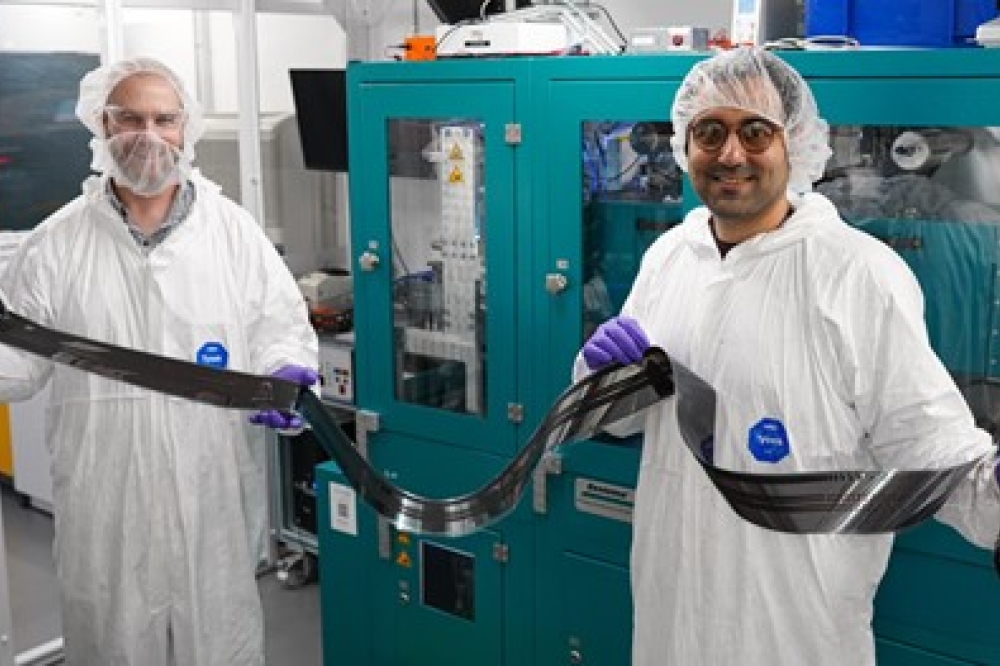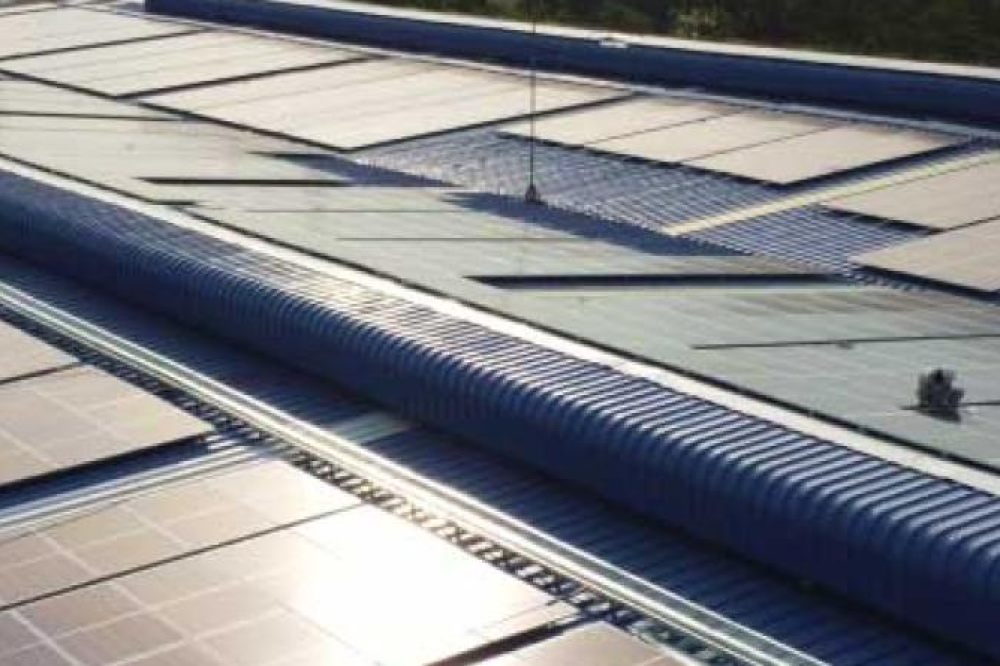Offshore Wind Turbines Offer Path for Clean Hydrogen Production
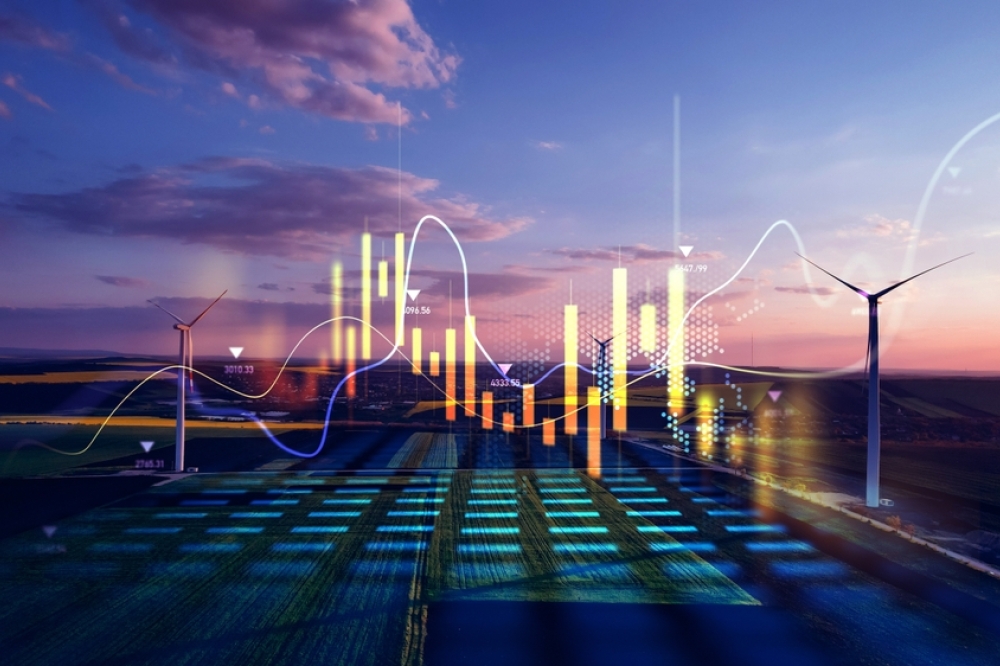
NREL Researchers Identify Promising Locations off US Coastlines for Installation of Technology
Using electricity generated by offshore wind turbines as one pathway to split water to produce clean hydrogen may make economic sense, particularly along the U.S. Atlantic Coast and in the Gulf of Mexico, according to researchers at the National Renewable Energy Laboratory (NREL).
The economics work best in regions where the water is not as deep and the wind is strong, according to their findings in the recently published article, “Potential for large-scale deployment of offshore wind-to-hydrogen systems in the United States,” which appears in the Journal of Physics: Conference Series.
Two different configurations were studied for generating clean hydrogen using offshore wind. Illustration by Alfred Hicks, NREL
The ability to produce hydrogen at a cost that approaches the U.S. Department of Energy (DOE) goal for low-cost clean hydrogen depends significantly on both the technology used and the location of production. Projected policy incentives could also play a role. Hydrogen can be produced using an electrolyzer that splits water—made of two atoms of hydrogen and one of oxygen—into its component parts. An electrolyzer powered by a renewable energy source produces what is known as clean hydrogen. Through its Hydrogen Shot initiative, DOE is leading efforts to reduce the cost of clean hydrogen to $1 a kilogram by 2031. Achieving $2 per kilogram could make it cost-competitive in some applications compared with conventional carbon-intensive methods of producing hydrogen.
“Both offshore wind and clean hydrogen production are technologies that are rapidly evolving and when combined have the potential to generate and store a lot of renewable energy and decarbonize sectors that are hard to electrify,” said Kaitlin Brunik, a hybrid systems research engineer at NREL and lead author of the new paper. “Continued investment and research on system- and plant-level design and optimization could spur further technology progress and cost reductions for these systems.”
Her coauthors from NREL are Jared Thomas, Caitlyn Clark, Patrick Duffy, Matthew Kotarbinski, Jamie Kee, Elenya Grant, Genevieve Starke, Nick Riccobono, Masha Koleva, Evan Reznicek, and Jennifer King.
The paper describes the use of case study simulations to analyze the techno-economics of producing hydrogen from offshore wind energy in 2025, 2030, and 2035. NREL researchers evaluated two scenarios relying on electrolysis powered by offshore wind and identified four representative coastal areas for wind-to-hydrogen hybrid facilities. Depending upon how deep the water is at the locations studied, the researchers considered whether the turbines would be floating or fixed to the ocean floor. The research suggests that by 2030, a combination of factors including policy incentives and fixed-bottom offshore wind with onshore electrolysis may allow the production of hydrogen for less than $2 a kilogram. The analysis does not provide policy guidance but represents policy using preliminary assumptions made prior to the release of proposed regulations for the tax credit.
In the first scenario, an offshore wind plant generated electricity that was transmitted via high-voltage cables to an onshore site. There, an electrolyzer produced hydrogen from fresh water. This represented a conventional approach of pairing offshore wind with onshore electrolysis.
In the second scenario, the hydrogen was split from desalinated seawater at the offshore wind plant site, requiring more infrastructure in the ocean to accommodate the additional equipment. The hydrogen was then transported via pipelines to shore for storage. The researchers noted the technical feasibility of this scenario is less established.
“Moving an electrolyzer to an offshore platform for bulk energy production presents a novel challenge,” Brunik said. “To fully harness the electricity generated by offshore wind farms for hydrogen production, substantial electrolyzers are needed, along with ancillary equipment for water treatment, hydrogen storage, and transportation.” Offshore renewable hydrogen production remains uncharted territory, requiring innovative configurations to integrate all the necessary equipment with a wind farm for gigawatt-scale operations.
In addition to the technological design of these systems, the researchers considered where an offshore wind-to-hydrogen system would be best situated. They looked at shallower sites in the Gulf of Mexico and New York Bight where turbines could be fixed to the ocean floor, had abundant wind resources, and were in proximity to at least one of DOE’s Regional Clean Hydrogen Hubs that will connect hydrogen producers and consumers. They also examined sites with much deeper waters off the coast of northern California and in the Gulf of Maine where the turbines would have to be installed on floating platforms. The hydrogen would be stored on shore in underground pipes, rock caverns, or salt caverns.
The analysis projected that the levelized cost of hydrogen (LCOH), which includes the entirety of the wind system, electrical transmission, and hydrogen system, could be lowest in the New York Bight because of higher wind capacity. The Gulf of Mexico had the second-lowest figure. The choice of where to store the hydrogen significantly affects the cost, with a decrease of 20% to 30% in the LCOH calculated from using caverns. Projected policy incentives are also a factor in further reducing costs. This study showed promising indicators of what large-scale deployment of offshore wind-to-hydrogen could look like and will be a continued area of interest as new and better technologies continue to be developed in this area.
DOE’s Wind Energy Technologies Office and the Hydrogen and Fuel Cell Technologies Office funded the research.


